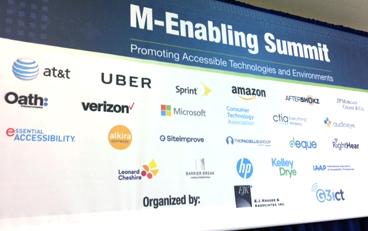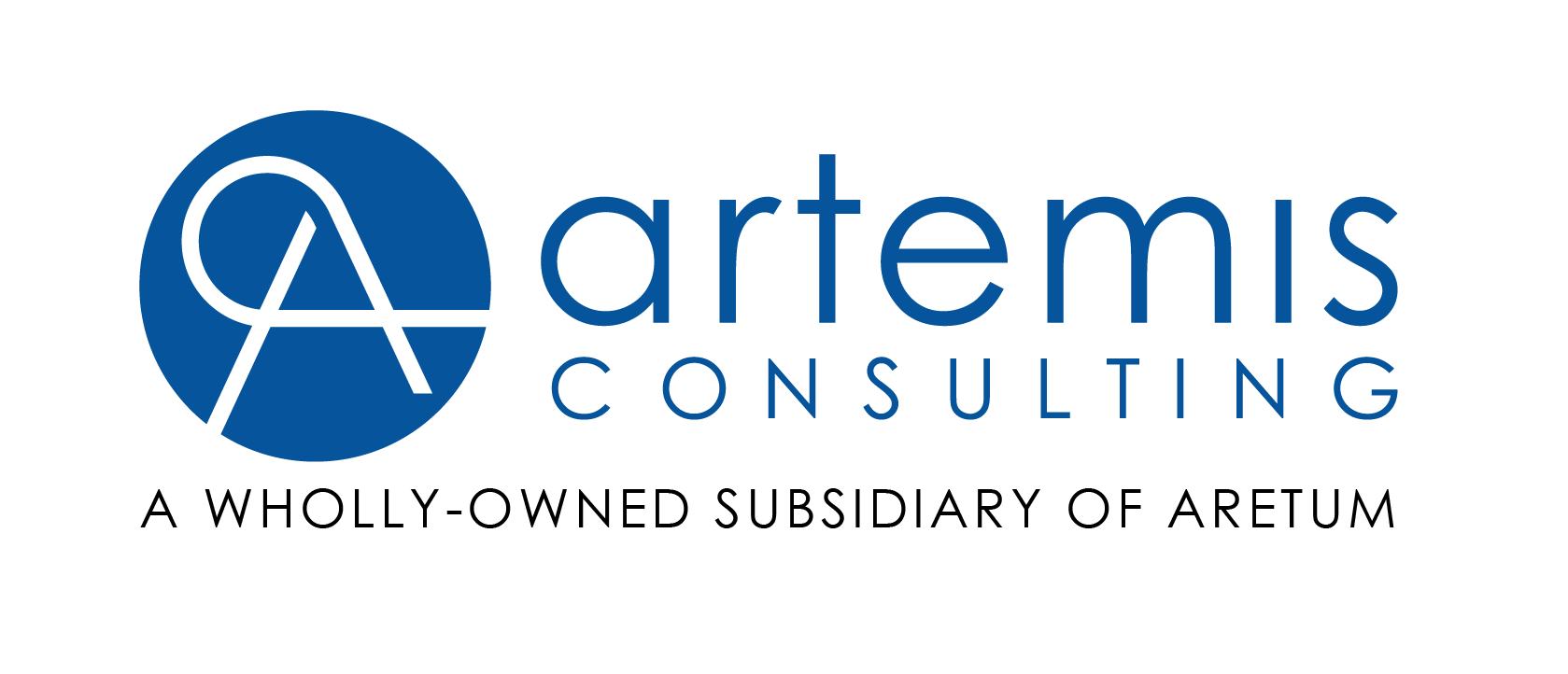
Last week, I attended the M-Enabling Summit for the second consecutive year. It was very educational, providing interesting discussions from leading experts in the accessibility field, demonstrations of state-of-the-art assistive technology, as well as networking opportunities.
The recent publication of WCAG 2.1 was a hot topic over the three-day event. There were questions and answers on items that have been added to the guidance and suggestions on ways to transition to the new standards. John Sullivan, Director, Government-Wide IT Accessibility Program, highlighted the section508.gov website that now has a refreshed UI and easier navigation to its useful accessibility tools.
Experts provided guidance on the Voluntary Product Accessibility Template (VPAT), and the Department of Homeland Security’s Trusted Tester program, which will be refreshed in the fall to include WCAG 2.1.
There was an expected focus upon standards, and the testable ‘success criterion’ in WCAG 2.1. An attendee expressed wanting the web to be developed in a manner that does not focus on meeting a numbered list of requirements for a site to be deemed ‘accessible,’ implying that universal design should be the overarching goal in web development and beyond.
Several attendees also raised the issue of ‘nothing about us without us,’ reminding us that the process by which standards and targets are determined has to be conducted with the inclusion of those it will affect most directly—those with disabilities and anyone else who benefits from accessibility requirements.
Another topic discussed was about the significant advances being made in artificial intelligence (AI), which provides tremendous progress in assisting many accessibility challenges. One example of this is how AI can understand the speech of those with severe speech impediments, when people may not be able to comprehend it. Advances in restoring this independence to those with speech disabilities are very exciting and enabling.
Many assistive technology vendors were present, providing engaging demonstrations of innovative software. A programmable robot with an open source API was shown. This has the potential to assist in various ways with tasks for those with disabilities.
As it was reinforced throughout the conference, it was made evident to me that technology is not part of the problem, but part of the solution to enabling individuals. Here’s looking forward to next year’s conference to continue improving on the technology and accessibility needs for those with disabilities.
